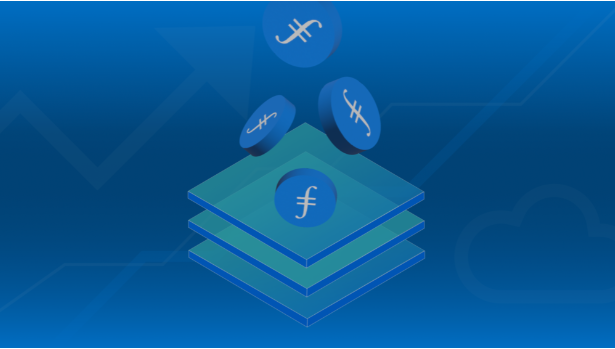Integrating Filecoin into applications is getting easier every day. Most developers looking for decentralized storage solutions will find that it is no longer necessary to know the nitty gritty of the network, how it’s built, or how to set up a Lotus node in order to take advantage of it.
There are many services now that streamline the development process by focusing on what’s strictly necessary to get a consumer application up and running quickly and efficiently. After all, their applications will mainly make use of Filecoin for three key tasks: storing data, finding data, or retrieving data. This reduces their interactions with the network to a few commands.
Every use case will require a different solution. Here’s a look at some of the applications builders are currently using.
Powergate: This API-based tiered-storage solution is built by Textile. It’s a set of modules that run on a Lotus node. They take care of the low-level details of transacting with the Filecoin Network and managing data flow with options like replication factor, deal renewals, and Storage Provider selector.
Bridges: Also built by Textile, this project is being developed as a permissionless bridge between Filecoin and important Layer 1 and Layer 2 networks such as Ethereum, NEAR, and Polygon. This will allow the network’s technology and native token to be on Filecoin.
The Application Research Group (ARG) has also focused on creating tools that make it easier for developers to interact with the Filecoin Network. Let’s take a look at how some of them can help.
Estuary: A decentralized data storage service built on key decentralized protocols such as IPFS and Filecoin. Its users can store and retrieve content quickly using IPFS, use an IPFS API that adheres to the IPFS Pinning Services API Spec, and store content on Filecoin with proposition receipts and successful deal receipts. Any data that is stored with the Estuary node is also stored on Filecoin.
Filclient: A minimal library for interacting with the Filecoin Network. It abstracts key processes in storage and retrieval deals such as querying prices, constructing and signing proposals, and getting data.
Origin: A lightweight toolkit that simplifies the process of developing Web3 applications. It is able to deliver ESmodules to the browser with fast hot reloading times and counts with app templates are designed to promote best practices.
Autoretrieve: A CLI tool for providing Filecoin data to Bitswap clients. It uses retrieval information from Estuary or indexers.
Rclone: A CLI tool that is able to sync files and directories from different cloud storage providers including AWS, Dropbox, Google Drive, and others.
Review ARG’s roadmap to see what new ways of improving Filecoin developers’ experiences are coming in 2022.
If you’ve already taken the first steps in developing an application on Filecoin, IPFS, or Libp2p, be sure to check out Next Step Microgrants. It’s a good way to take it a step further. More ambitious projects that make significant contributions to the ecosystem can also find support in the Open Grants program.
https://filecoin.io/blog/posts/tools-for-building-consumer-applications-with-filecoin/
